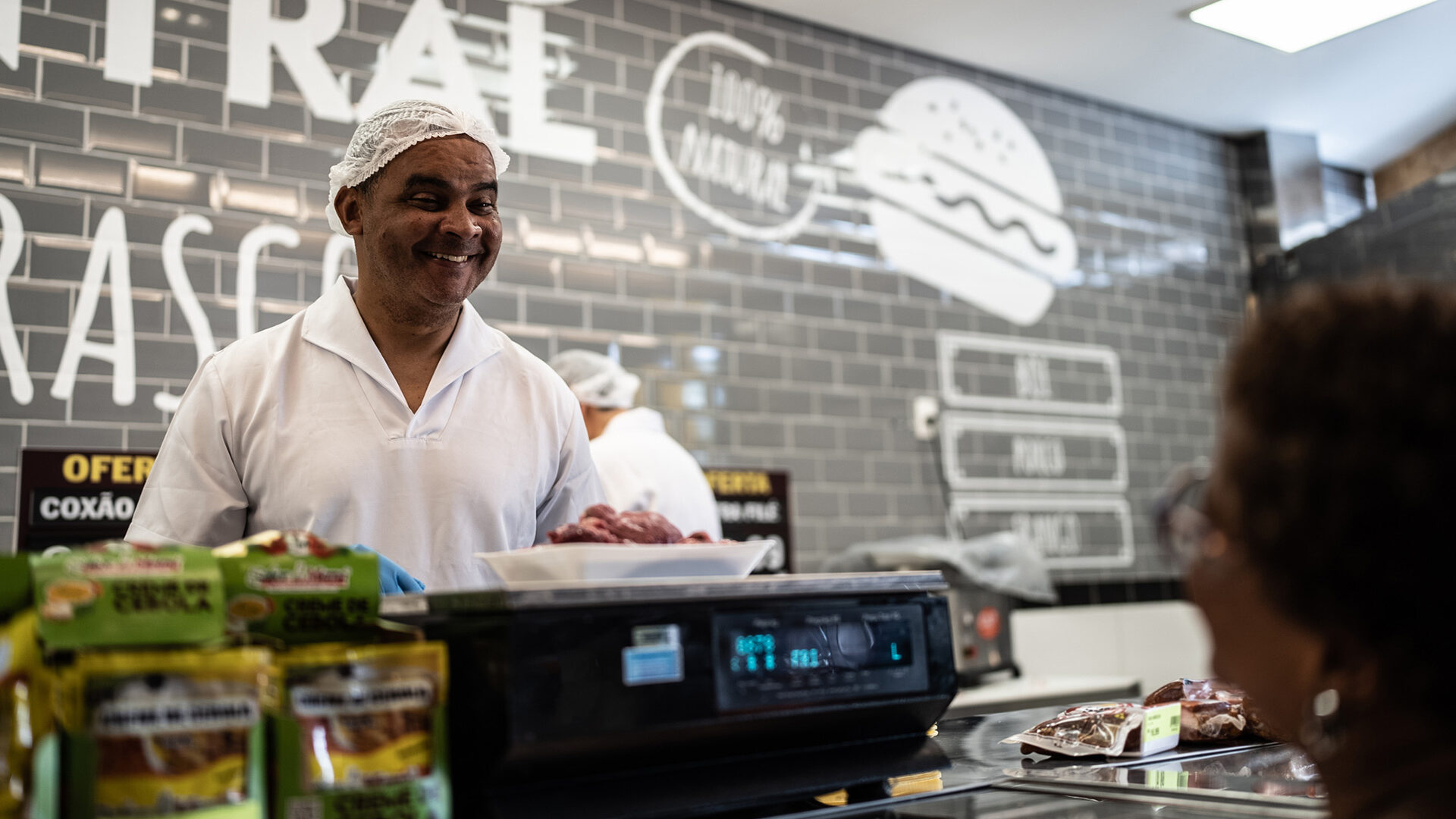4 minute read
Task Management: Gatekeeping Opens Doors Toward Retail Effectiveness

Have you ever driven to a stoplight at a busy intersection during a power outage? Things can get dicey. Drivers guess when it is appropriate to stop or go, inching into the cross-stitched foray of motor vehicles. When the outage persists, the result is delayed travel and dangerous conditions. For this reason, most police precincts will send an officer to direct the flow of traffic. The officer’s responsibility is to create safe, efficient flow for everybody at the scene, moving them toward their end destination effectively.
What could this have to do with retail operations? Analogously, retail employees sometimes operate like moving vehicles without a stoplight. In the retail industry, thousands of communications are sent every day from corporate employees to store managers and frontline associates to manage tasks. They make guesses on efficiency and put individual needs first, blind to how their behaviors impact other departments. This is rarely the fault of the employee. Like the stoplight, the organization’s task management system, used to prioritize in-store tasks, can become ineffective when placed under high volume.
Making the ineffective system effective
The good news is that there is a solution to this problem. Many retail organizations now include a position within task management called a gatekeeper, a role that functions like the police officer and more. Often, the gatekeeper or gatekeepers are at the corporate level and oversee a subset of stores. They filter and organize messages and tasks from corporate before they are sent to the end user, who is an employee at store level. A gatekeeper helps reduce inconsistent, duplicative or misassigned tasks while also prioritizing directives that need to be completed first.
Gatekeepers are not only helpful for corporate-to-employee tasks; they also provide a pivotal function for bundling and formatting mass communications like merchandising plans or product promotions. Gatekeepers ensure everyone in the organization gets the same message, streamlining execution for uniform store conditions. When execution is consistent, customer expectations for an unwavering experience are met.
Hierarchy within gatekeeping
Within organizations that contain a large number of stores, multiple gatekeepers will be warranted. For instance, there may be gatekeepers that oversee communications and tasks within a particular department. These gatekeepers are likely in category management; above them in the corporate hierarchy, a retailer might place a single gatekeeping group for the entire retail chain. When departmental gatekeepers need assistance, they allow the single gatekeeping group to settle the dispute.
Continuous improvement within gatekeeping
This leads to an important additional function of the gatekeeper. Returning to the traffic analogy, gatekeepers are not only police officers directing traffic (a reactionary role), but they are also urban planners designing traffic flow (a proactive role). Imagine the policeman understanding how the traffic jam occurred in the first place. He passes it onto urban planners, who in turn design a better system so the jam will unlikely occur again in the future. How does this work at the retail level?
Gatekeepers filter information between decision makers (corporate) and executors (in-store employees), thus obtaining perspective. Sieving communications and tasks between many parties allows gatekeepers to best understand the relationship between labor and task management. When labor standards are inappropriate, this finds its way to the gatekeeper via task management, who can then pass the data to labor engineers to fix. Importantly, this is only possible with effective labor and task management technology. More to come on this in our follow-up to this post.
Load balancing within gatekeeping
Another important topic to consider with gatekeeping is keeping track of the work assigned to each department or store, which is referred to as workload. When that information is funneled back to the gatekeeper, she can offer tremendous insight into where there are imbalances across stores or regions. Once the gatekeeper understands this information, she can balance the workload to make in-store operations more efficient. In the end, this saves money and motivates employees.
Where are all the gatekeepers?
With gatekeeping functions outlined, consider the following before implementing a gatekeeper. Great gatekeepers embody certain attributes and skills. A gatekeeper must have an intricate knowledge of store operations/standards and how they intertwine with one another. Additionally, a gatekeeper’s experience should be deep enough to understand what tasks most align with brand values, given that these tasks may compete for primacy within a single retail location or across regional stores. Namely, two employees or managers may require the same resources on the same date at the same time. Who trumps and why?
In this case, the gatekeeper becomes the authority. It is advantageous to place individuals in this role who can be objective about resource utilization. This person may need to make quick decisions and be able to back up those decisions with justifiable logic. Are you beginning to foresee someone in your organization that might fit this role? Promisingly, gatekeepers can be trained on how to make brand-centric decisions by retail leaders who espouse corporate values in their everyday choices.
Conclusion
There are a lot of factors to consider before administering gatekeeping within an organization. Choosing the right gatekeeper to help streamline corporate-to-store communications is imperative. Once that happens, a retailer can utilize gatekeepers hierarchically to perform secondary functions, like continuous improvement and balancing workloads. Make sure to tune back in for part two of this blog series, which will dive into more detail around best practices for gatekeepers and the influence of best-in-class technology.
Overall, when gatekeepers are present, order and efficiency follow—whether at the local stoplight or retail store!



